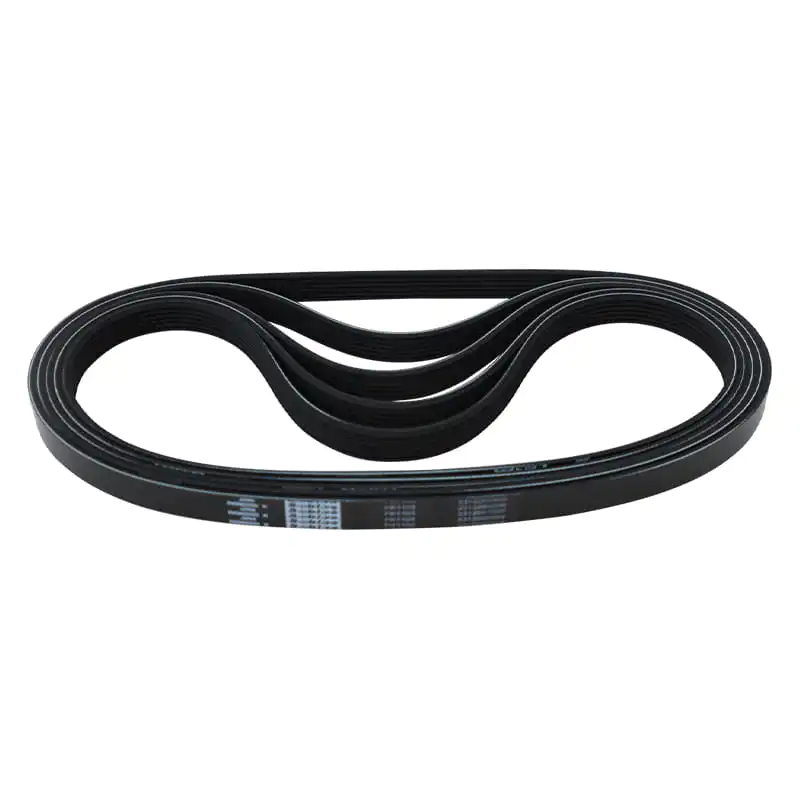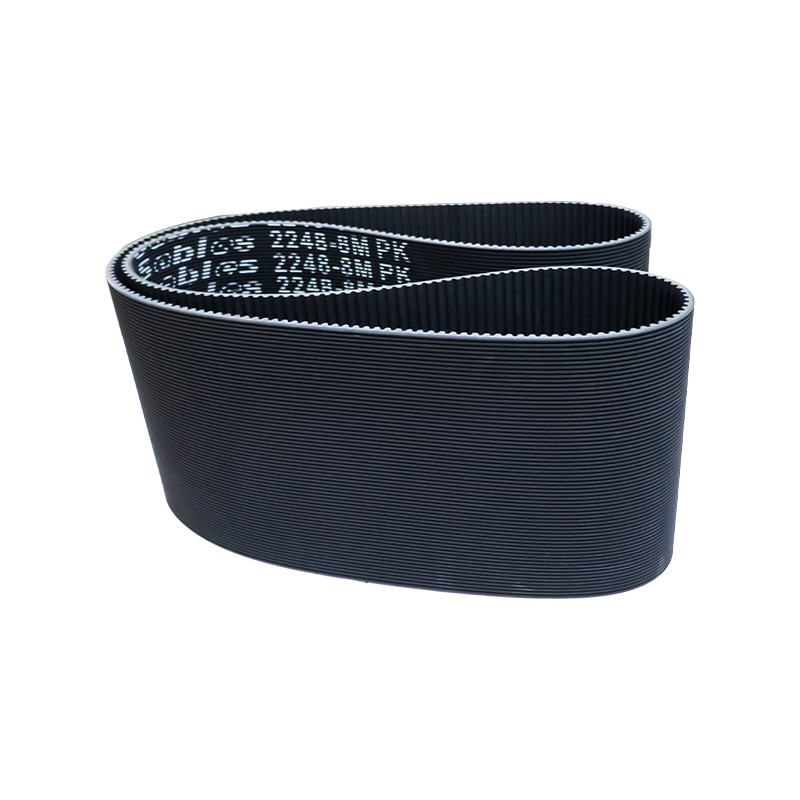1.Proper Tensioning: The Foundation of Longevity
Maintaining the correct tension in rubber timing belts is essential for their longevity. Over - tensioning can cause excessive stress on the belt, leading to premature wear and tear, while under - tensioning can result in slipping and inconsistent power transmission. Using accurate tensioning tools, such as tension meters, is crucial. For different applications, there are specific tension requirements. In automotive engines, for example, the timing belt tension should be set according to the manufacturer's specifications. Regularly checking and adjusting the tension during maintenance intervals can prevent unnecessary strain on the belt and significantly extend its lifespan.
2.High - Quality Materials and Coatings
The choice of materials for rubber timing belts and the application of coatings can greatly impact their durability. Modern belts are often made from high - performance rubber compounds that are more resistant to heat, oil, and abrasion. For instance, some belts use hydrogenated nitrile butadiene rubber (HNBR), which offers excellent heat resistance. Additionally, applying coatings like nylon on the tooth faces of the belt can reduce friction and wear. Nylon has a lower coefficient of friction compared to rubber, so it helps the belt run more smoothly over the pulleys. These high - quality materials and coatings protect the belt from the harsh operating conditions in many applications, thus prolonging its lifespan.
3.Optimized Pulley Design and Alignment
The design and alignment of the pulleys that the rubber timing belt runs on are also important factors. Pulleys with larger diameters can reduce the bending stress on the belt. When a belt passes over a smaller pulley, it has to bend more, which can cause internal damage over time. Larger - diameter pulleys distribute the stress more evenly. Moreover, proper pulley alignment is crucial. Misaligned pulleys can cause the belt to run unevenly, leading to accelerated wear on one side of the belt. By ensuring that the pulleys are correctly aligned and of an appropriate diameter for the application, the lifespan of the rubber timing belt can be effectively extended.














